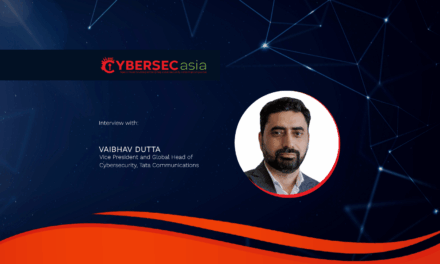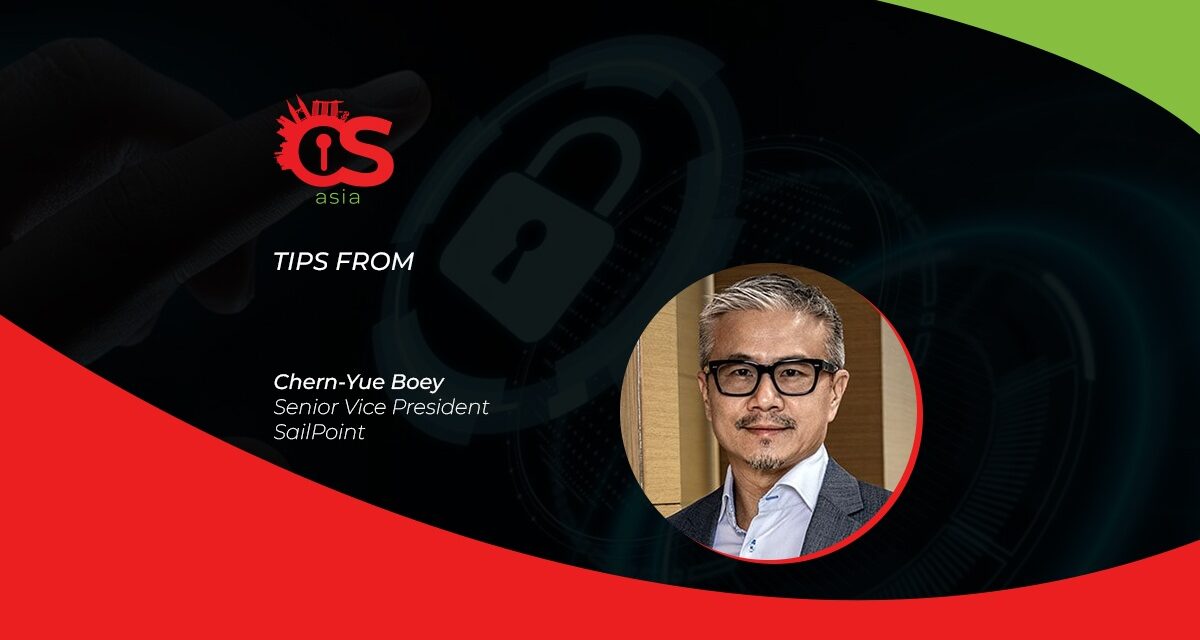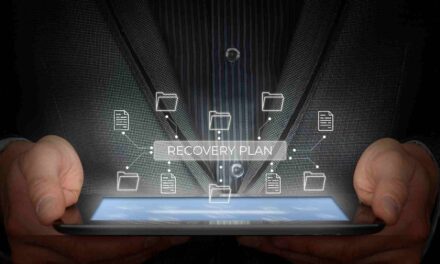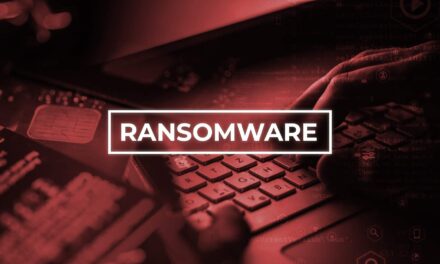With many hospitals and healthcare organizations in the region still running legacy IT, some reminders about identity security are in order …
With healthcare organizations being heavy targets of cyberattacks and data theft, it is clear that the data must be of key interest to people with malicious intent, from a national security perspective.
As the industry becomes increasingly digitalized, more complex and dynamic identity populations belonging to clinical staff, medical practitioners, nursing students and more, will be targeted.
At the same time, numerous non-employee identities, including those of contractors, vendors, panel doctors, affiliate specialists and temporary healthcare workers and locum practitioners will require access to sensitive patient information for their routine work.
One thing is clear; no healthcare organization can afford to exclude identity security as a priority, and identity security needs to be a key consideration for all cyber and digital strategies.
Beefing up identity security in healthcare
Proper identity security affords healthcare organizations complete visibility and orchestration of granular access of all user types and their related access, including all permissions, entitlements, and roles.
This ensures healthcare workers, regardless of the role they play in the healthcare organization and whether they are internal or external support, will have access to only the resources and applications they need to perform their job function.
With a comprehensive identity security strategy, healthcare organizations can also spot risky user behavior patterns, and detect and prevent toxic access combinations that could lead to potential fraud or data theft.
For non-employee identities, healthcare organizations need to ensure the former group are properly identified and authenticated before being allocated access to sensitive data.

With proper identity proofing measures put in place, and an identity management platform that provides context-rich identity information, healthcare organizations can fully validate non-employee identities across their time with the organization.
Moving from legacy to SaaS-first
It is common for healthcare organizations to continue running legacy systems and applications, with the goal of preserving historical data that is not migrated to newer, more secure solutions.
However, healthcare organizations continuing to run on legacy systems are simply inviting risks. Given the strategic shift towards interoperability across multiple, diverse care settings, the impact from cyberattacks on vulnerable systems are considerable, with potentially catastrophic implications.
As healthcare organizations embrace digital transformation, the ease of Software-as-a-Service (SaaS) adoption will allow them to scale faster, react quicker, and control costs better. However, with so many new applications in play, the difficult task for IT and security teams is in supporting this newfound flexibility while at the same time securing the enterprise and protecting its assets. The answer lies in automation.
Automation — specifically automated discovery and management — can enable healthcare organizations to get continuous and accurate visibility into their entire SaaS environment: a complete, real-time picture of every single SaaS app in use. This visibility provides the foundation for a successful cybersecurity program, providing a degree of insight that allows controls to be put in place to govern all SaaS access, manage identities across every app, control software spend more effectively, and ultimately reduce risk.
With this automation model in place, healthcare organizations can tackle issues head-on, ensuring sensitive data is managed accordingly, while employees are given the right access they require.
In the long run, this can improve productivity and reduce pressures on employees. In the current landscape of labor and skills shortages, a SaaS-first approach provides continuous agility to the evolving nature of the healthcare sector, enabling healthcare workers to focus on their key responsibility: providing optimal patient care.
Embracing AI- and ML-driven identity security
Healthcare organizations that incorporate AI and ML into their cybersecurity program can reap substantial benefits:
- They can increase the speed of detection and response for threats, monitoring access privileges and abnormal entitlements for users to prevent data breaches
- Rapidly detect intrusions, analyzing and defending against threats in real-time
- Ease access management duties for healthcare IT professionals that currently may spend a third or more of their average work week managing permissions and access
- Automate and streamline identity processes and decisions such as access requests, role modeling, and access certifications, driving greater efficiencies across the organization
- Facilitate agile defining of user roles and creating of access policies while placing an emphasis on enablement, security, and compliance, thereby not only providing access but also properly controlling that access
- By managing third-party risks at the identity level, healthcare organizations can lower the risk of overprovisioning users, and support timely termination of access
Ensuring the security of patient data is not only essential for regulatory compliance but also for protecting patient privacy and maintaining trust in healthcare providers. It is therefore vital to apply appropriate technical and organizational measures to avoid possible breaches and threats to data security, with identity security at the core of safeguarding data and networks.


















